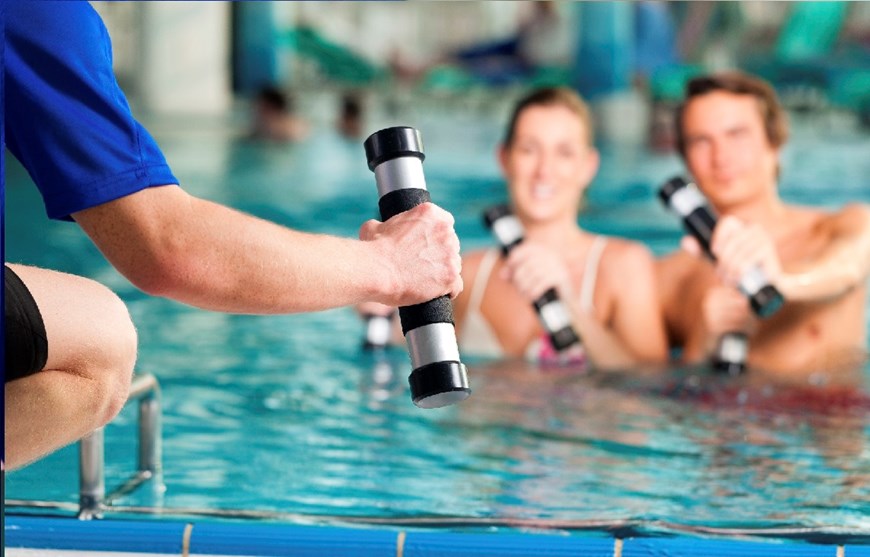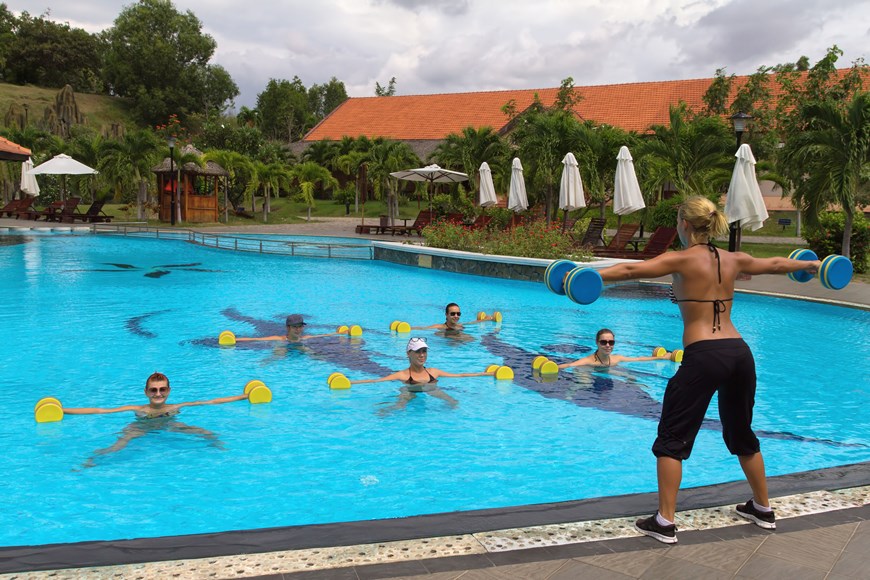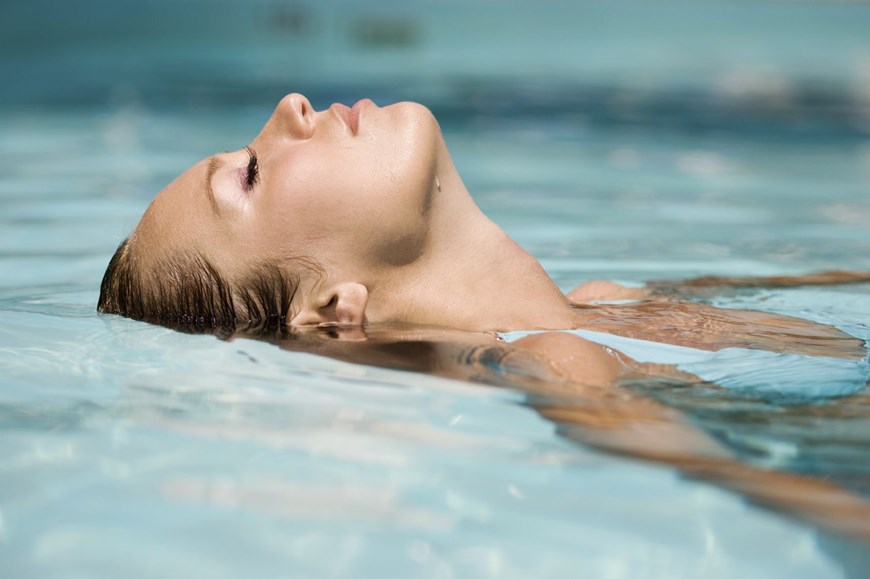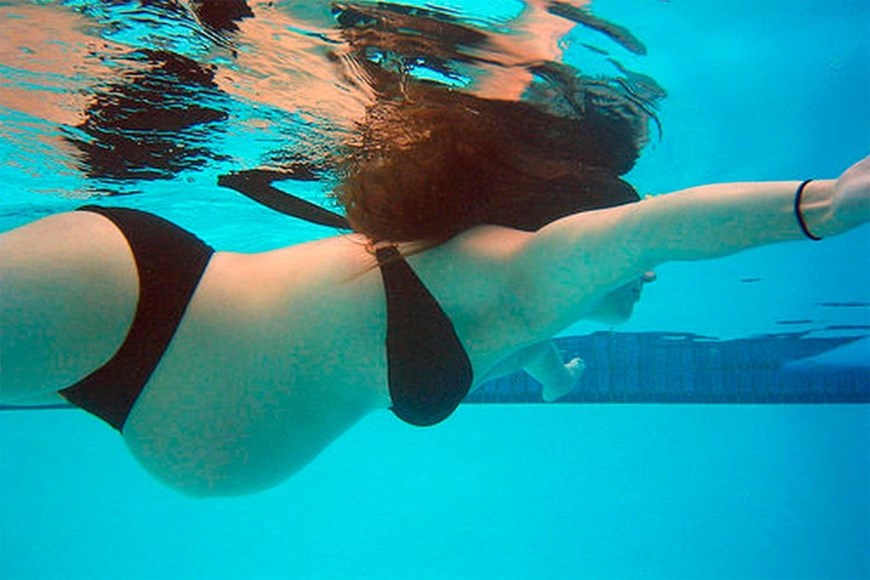For those who are looking for exercises to strengthen the cardiovascular system, the heart itself and the lungs, we suggest: you will not find a better activity. Swimming is an aerobic exercise, just like running, but it is especially gentle on joints and ligaments. And just like running, it strengthens muscles and has a positive effect on cholesterol levels at the right intensity.

Aim to swim non-stop for 20-40 minutes at a pace that keeps your heart rate in the 145 bpm zone. At first, you may need to take rest breaks between laps, but over time, learn to stay afloat for that time using different strokes and stroke strengths. Since swimming is slightly less taxing on the heart than running and other cardio workouts, it shouldn’t be too difficult to keep your heart rate up.
Controlling blood sugar and blood pressure
Research shows that swimming helps improve a variety of health indicators, including blood sugar levels and insulin sensitivity. Swimmers tend to weigh slightly more than runners and cyclists, and they have slightly more subcutaneous fat reserves. Despite this, the resistance of the water trains the muscles involved in sugar control.
California scientists have proven that various swimming and water exercise programs can help people lower their blood pressure.

Weight control (but not exactly)
It is known that any physical activity uses up the body’s energy reserves (for example, many people run to lose weight) , swimming burns about 600 kilocalories per hour of moderate intensity exercise. However, studies have yielded conflicting conclusions about the effect on weight. The main indicator was that swimmers lose less weight than fans of other aerobic activities.
This may be due to the fact that cold water removes much more heat from the body than air of the same temperature. A banal result of the high thermal conductivity of water is a greater appetite after training. Of course, if a swimmer and a cyclist are fed the same, both will lose extra pounds, but the swimmer will remain with an acute feeling of hunger. And the cyclist will replenish all resource expenditures with the same amount of food.
Calories burn more actively if you swim crawl or butterfly. Then come breaststroke, backstroke and sidestroke. Ideally, a more effective “fat-burning” program would be alternating breaststroke, backstroke and sidestroke with several active strokes of the first styles. And even if swimming does not help you lose much weight, it will still reduce the volume of fat deposits and remove centimeters from the waist, give a harmonious tone to all the main muscles – arms, shoulders, legs, core muscles.

Swimming Eases Back Pain and Helps with Arthritis
Other studies have shown that water exercise alleviates the symptoms of arthritis and other musculoskeletal disorders, especially in overweight people. And not only during the time spent in the water, when the weight, according to the laws of physics, decreases. Training in warm water increases the flexibility of joints and relieves pain, reduces the load on the knees and other joints. Intensive running, on the contrary, can be traumatic for the legs, in particular, the periosteum .
There are various “gentle” exercises for the back, such as exercising on a fitball. But training in water is one of the best and most effective, as proven by sports doctors and massage therapists. And by a group of Turkish scientists in 2009: their study showed that water exercises helped relieve lower back pain better than a “land” program. That same year, Belgians in the article “Clinical Rehabilitation” provided sufficient evidence that swimming and aqua aerobics relieve chronic lower back pain. Earlier in Sweden, other researchers demonstrated a reduction in back pain in pregnant women who did special training in the pool.

Activity in water reduces the load on the spine, promotes muscle relaxation and improves joint flexibility. The only thing in which swimming is inferior to running and cycling is the already mentioned low efficiency in weight loss and almost complete uselessness for strengthening bones.
Did you like the article? In that case, read another one – about what you will need in the pool , and sign up for classes quickly. Swim, develop, be strong and healthy!



